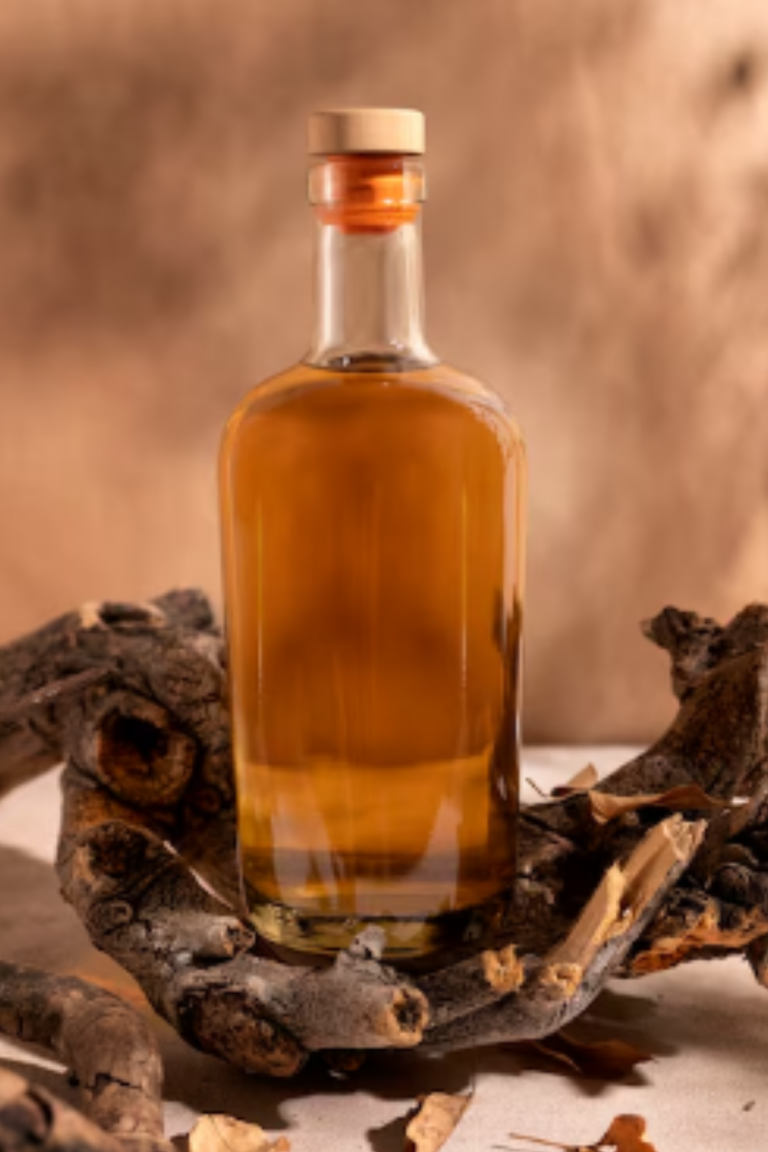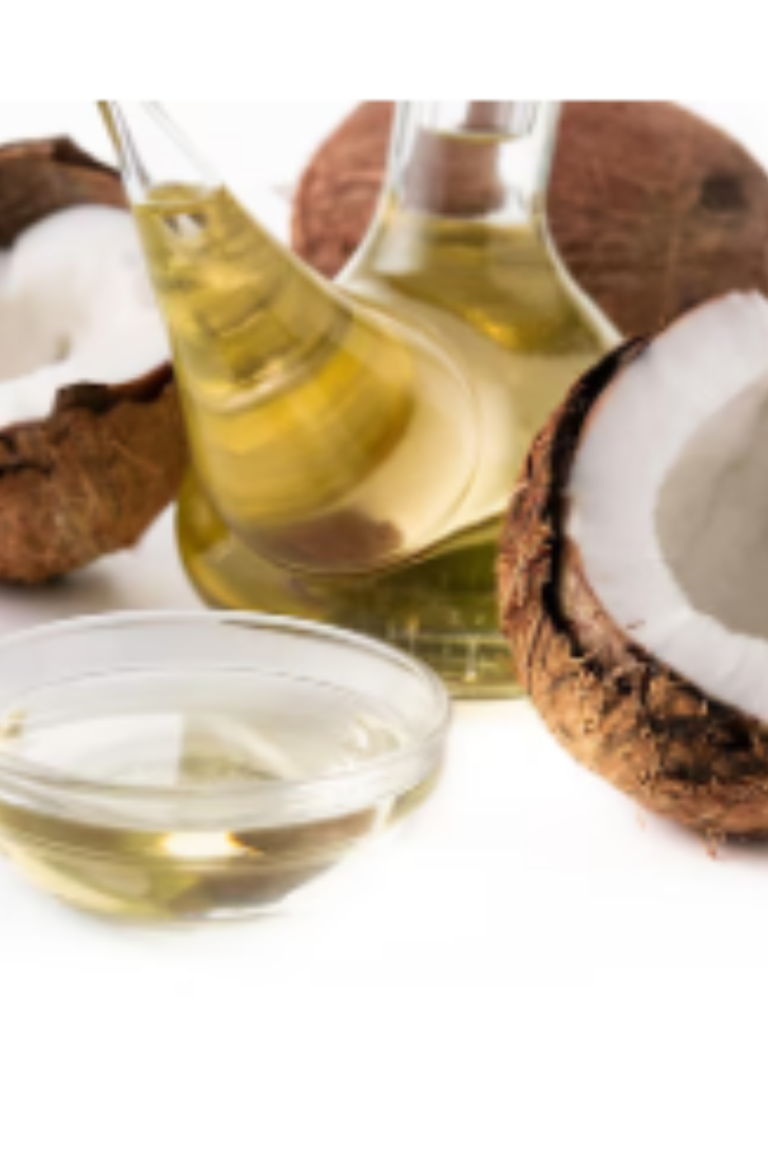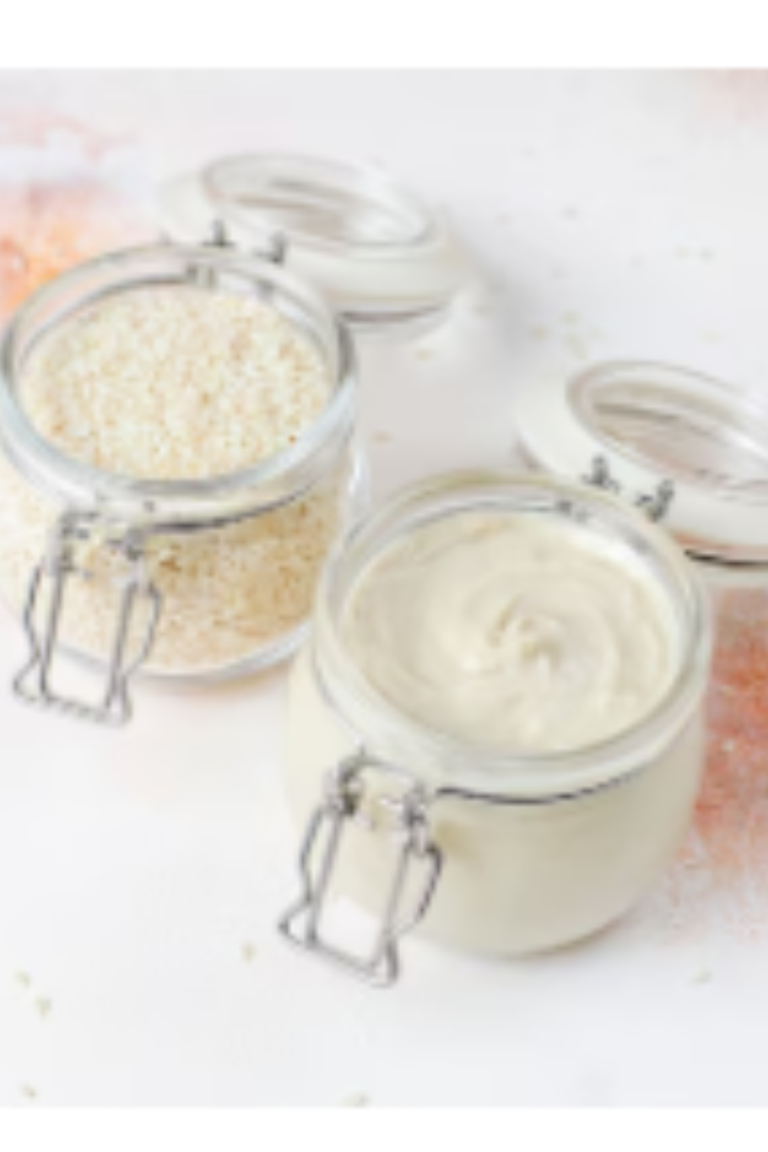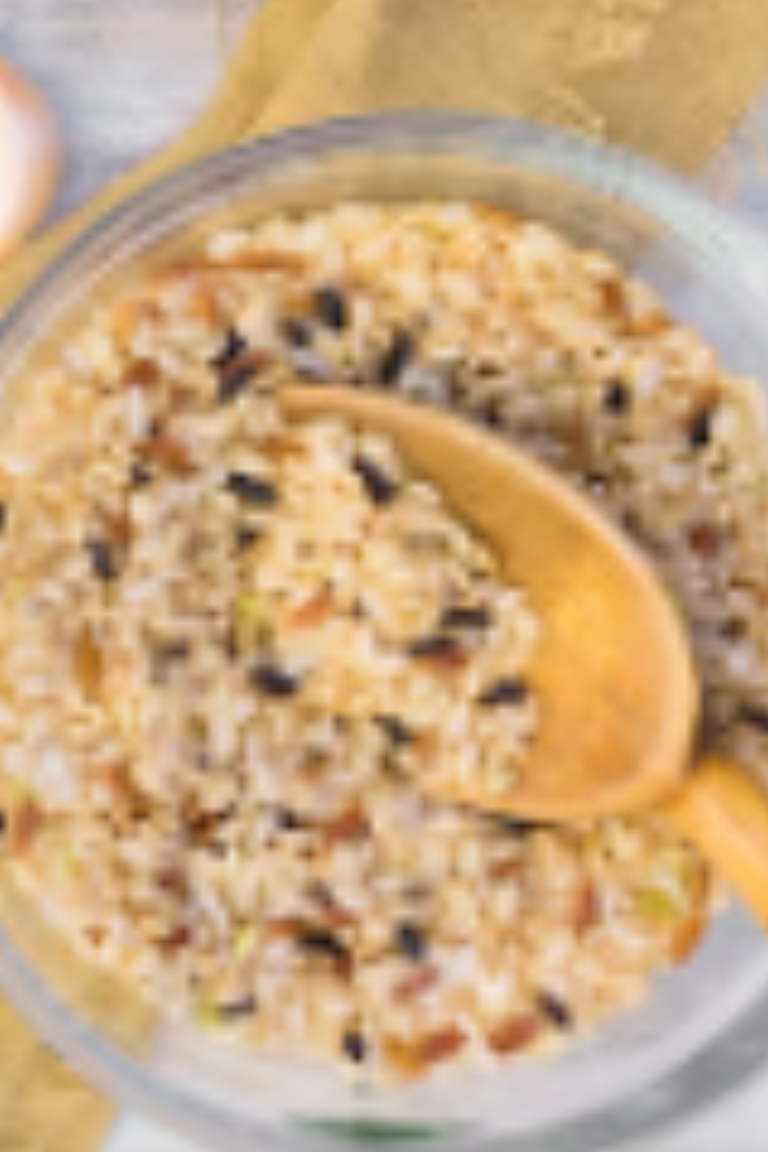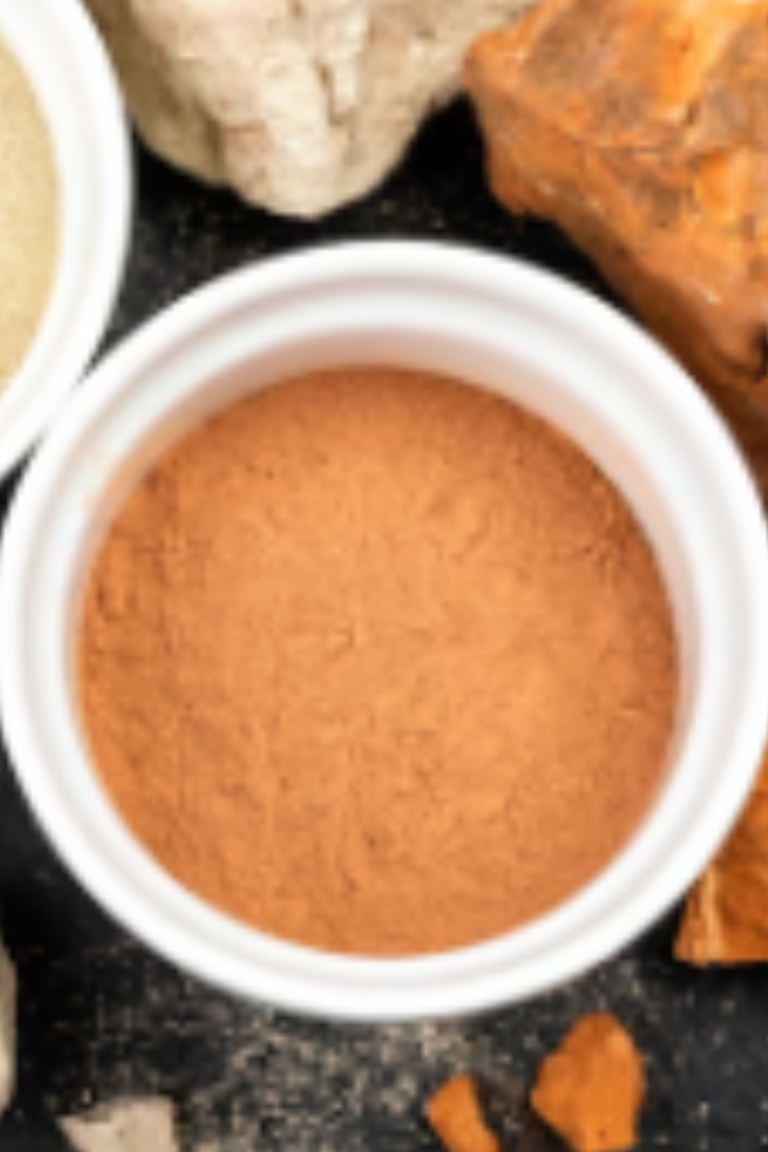BT: Buttercream Topping role in cakes Carified
In this topic, I’m going to talk about a delightful addition to cakes that transforms them into irresistible treats: Buttercream Topping. In my own personal experience, buttercream has always been a game-changer when it comes to elevating the flavor and appearance of cakes. Let’s delve into what makes this topping so special and how it enhances your baking creations.
Table of Contents
ToggleButtercream Topping: Enhancing Cakes Deliciously
Buttercream topping, often simply referred to as buttercream, is a versatile frosting that plays a pivotal role in cake decoration and flavor enhancement. It’s a smooth, creamy mixture made primarily from butter and sugar, whipped to a fluffy consistency. This delectable topping not only adds sweetness but also provides a rich, buttery texture that complements the moistness of cakes perfectly. Check out the right Buttercream Topping, and ingredients that you need here.
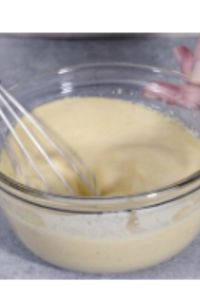
The Ingredients
To create buttercream topping, you’ll need:
- Butter: Unsalted butter is preferred for its pure flavor.
- Sugar: Typically powdered sugar (also known as icing sugar) for its fine texture.
- Flavorings: Vanilla extract is a common choice, though other extracts or flavorings can be used to customize the taste.
The Role of Buttercream Topping
- Flavor Enhancement: Buttercream adds a decadent buttery flavor to cakes, enhancing their overall taste profile.
- Texture: Its creamy consistency smooths over cakes beautifully, creating a soft and velvety finish.
- Decoration: Beyond taste, buttercream is also crucial for cake decoration. Its pliability allows for intricate piping designs, swirls, and patterns, making it a favorite among cake decorators. Check out the right Buttercream Topping, and ingredients that you need here.
How It’s Made
Making buttercream is straightforward:
- Creaming: Beat softened butter until pale and fluffy.
- Adding Sugar: Gradually add powdered sugar, beating until fully incorporated and smooth.
- Flavoring: Mix in vanilla extract or other flavorings to taste.
Tips for Perfect Buttercream
- Consistency: Achieve the right consistency by adjusting the amount of sugar and butter. Soft peaks should form when whipped.
- Temperature: Ensure butter is at room temperature for easy blending and a smoother texture.
Buttercream topping is not just a frosting; it’s a key ingredient that elevates cakes from ordinary to extraordinary. Whether you’re baking a birthday cake, wedding cake, or cupcakes for a special occasion, mastering buttercream opens up a world of creative possibilities in the kitchen. Check out the right Buttercream Topping, and ingredients that you need here.
Drilling Deeper: Comparing Buttercream Varieties
When delving deeper into the world of buttercream, you’ll find various types that cater to different tastes and preferences. Here’s a comparison of some popular buttercream varieties:
1. American Buttercream
- Ingredients: Made with butter, powdered sugar, and flavorings like vanilla extract.
- Texture: It tends to be sweeter and thicker compared to other types, making it ideal for those who enjoy a richer frosting.
2. Swiss Meringue Buttercream
- Ingredients: Combines egg whites, sugar, and butter for a lighter texture.
- Texture: Silky smooth and less sweet than American buttercream, with a delicate, fluffy consistency.
3. Italian Buttercream
- Ingredients: Similar to Swiss meringue but involves a hot sugar syrup poured into whipped egg whites.
- Texture: Creamy and luxurious, Italian buttercream is exceptionally smooth and less sweet, with a stable structure that holds up well in warmer temperatures. Check out the right Buttercream Topping, and ingredients that you need here.
Comparing Flavor and Texture
- Flavor: American buttercream offers a straightforward sweet buttery taste, while Swiss and Italian buttercreams provide a more refined flavor with less sweetness.
- Texture: The texture varies greatly; American buttercream is dense and creamy, whereas Swiss and Italian varieties are lighter and airy.
Usage and Suitability
- Decoration: American buttercream is favored for its sturdy texture, making it suitable for intricate piping and decorations. Swiss and Italian buttercreams are smoother and better for elegant finishes.
- Temperature Stability: Italian buttercream, due to its preparation method, holds up better in warmer climates compared to American buttercream.
comparison tabular
Here’s a comparison table outlining the key aspects of different types of buttercream:
| Aspect | American Buttercream | Swiss Meringue Buttercream | Italian Buttercream |
|---|---|---|---|
| Ingredients | Butter, powdered sugar, vanilla extract | Egg whites, sugar, butter | Egg whites, sugar syrup, butter |
| Texture | Thick, creamy, slightly gritty | Smooth, silky, light | Creamy, luxurious, silky |
| Sweetness Level | Very sweet | Moderately sweet | Moderately sweet |
| Ease of Preparation | Easy, quick to make | Requires heating and careful whipping | Involves hot sugar syrup, more complex |
| Stability | Stable at room temperature | Stable, holds shape well | Very stable, holds up in warm climates |
| Flavor | Sweet with pronounced butter flavor | Light, delicate, less buttery | Rich buttery flavor |
| Decoration Suitability | Good for piping and intricate designs | Ideal for smooth finishes | Excellent for elegant decorations |
| Temperature Sensitivity | Can soften in warm temperatures | More stable in warmer climates | Very stable, withstands heat well |
Key Considerations:
- Flavor and Sweetness: Choose based on how sweet and buttery you want the frosting to taste.
- Texture: Consider whether you prefer a thicker, creamy texture or a lighter, airy one.
- Decoration: Select based on the type of cake design you wish to achieve.
- Stability: Take into account the climate and serving conditions where the cake will be presented. Check out the right Buttercream Topping, and ingredients that you need here.
FAQs on Buttercream Topping
Q: What is the difference between buttercream and frosting?
A: Buttercream specifically refers to a type of frosting made from butter and sugar, whereas frosting is a more general term that encompasses various types of cake toppings, including buttercream.
Q: Can I make buttercream ahead of time?
A: Yes, buttercream can be made ahead and stored in an airtight container in the refrigerator for up to a week. Before using, let it come to room temperature and re-whip to restore its smooth texture.
Q: How can I make my buttercream less sweet?
A: To reduce sweetness, you can adjust the amount of powdered sugar used in the recipe or use flavorings like lemon juice or zest to balance out the sweetness.
Q: What can I do if my buttercream is too runny?
A: If your buttercream is too runny, it may be due to warm temperatures or overmixing. Place it in the refrigerator for a short while to firm up slightly, then re-whip to achieve the desired consistency.
Q: Can I freeze buttercream?
A: Yes, buttercream can be frozen for up to 3 months. Thaw it in the refrigerator overnight and re-whip before using to restore its texture. Check out the right Buttercream Topping, and ingredients that you need here.
Final Words
Mastering buttercream topping opens up endless possibilities for creating beautifully decorated and delicious cakes. Whether you prefer the sweetness of American buttercream, the lightness of Swiss meringue, or the richness of Italian buttercream, understanding their unique characteristics allows you to choose the perfect frosting for any occasion. Experiment with flavors, practice your piping skills, and enjoy the creative process of enhancing your baked goods with this versatile and indulgent topping. Happy baking.

Hi!
I’m Mike, the creator of Forum Foodies. In my own personal experience, understanding ingredients is key to great cooking.
Forum Foodies offers guides on various ingredients, from staples to exotic finds. Join our community, share your experiences, and learn from fellow food lovers.
Have questions or suggestions? Email me at info@forumfoodies.com. Let’s embark on this delicious adventure together.
Happy cooking.
Mike/
Related Posts
- LBA: Lemon Buttercream role in cakes Clarified
In this topic I'm going to talk about Lemon Buttercream: In My Own Personal Experience…
- EBC: Eggless Buttercream role in cakes Clarified
In this topic, I'm going to talk about Eggless Buttercream in my own personal experience.…
- HBC: Honey Buttercream role in cakes Explained
In this topic, I'm going to talk about the delightful world of Honey Buttercream (HBC).…
- FBC: Fruit Buttercream role in cakes Explained
In this topic, I'm going to talk about a delightful addition to cakes that elevates…
- EBF: Espresso Buttercream Frosting role in cakes Clarified
In this topic, I'm going to talk about Espresso Buttercream Frosting (EBF) in my own…
- HT: Hazelnut Topping role in cakes Explained
In this topic, I'm going to talk about Hazelnut Topping, drawing from my own personal…
- IBC: Irish Buttercream role in cakes Explained
In this article, I'm going to talk about Irish Buttercream (IBC) in my own personal…
- LBC: Lemon Buttercream role in cakes Clarified
In this topic, I'm going to talk about a delightful element in baking: Lemon Buttercream…
- BHF: Buttercream Hazelnut Filling role in cakes Clarified
In this topic, I'm going to talk about a delightful ingredient in baking: Buttercream Hazelnut…
- AT: Almond Topping role in cakes Explained
In this topic, I'm going to talk about one of my favorite ingredients: Almond Topping.…
- EFT: Egg-Free Topping role in cakes Explained
In this topic, I'm going to talk about egg-free toppings in my own personal experience.…
- CMT: Coconut Milk Topping role in cakes Explained
In this topic, I'm going to talk about the role of Coconut Milk Topping (CMT)…
- LFT: Lemon Fruit Topping role in cakes Clarified
In this topic, I'm going to talk about the importance of Lemon Fruit Topping (LFT)…
- CPT: Cocoa Pie Topping role in cakes Clarified
In this topic, I'm going to talk about the delightful world of CPT - Cocoa…
- ABC: Almond Buttercream its role in cakes Clarified
In this topic, I'm going to talk about ABC - Almond Buttercream, a luxurious and…

